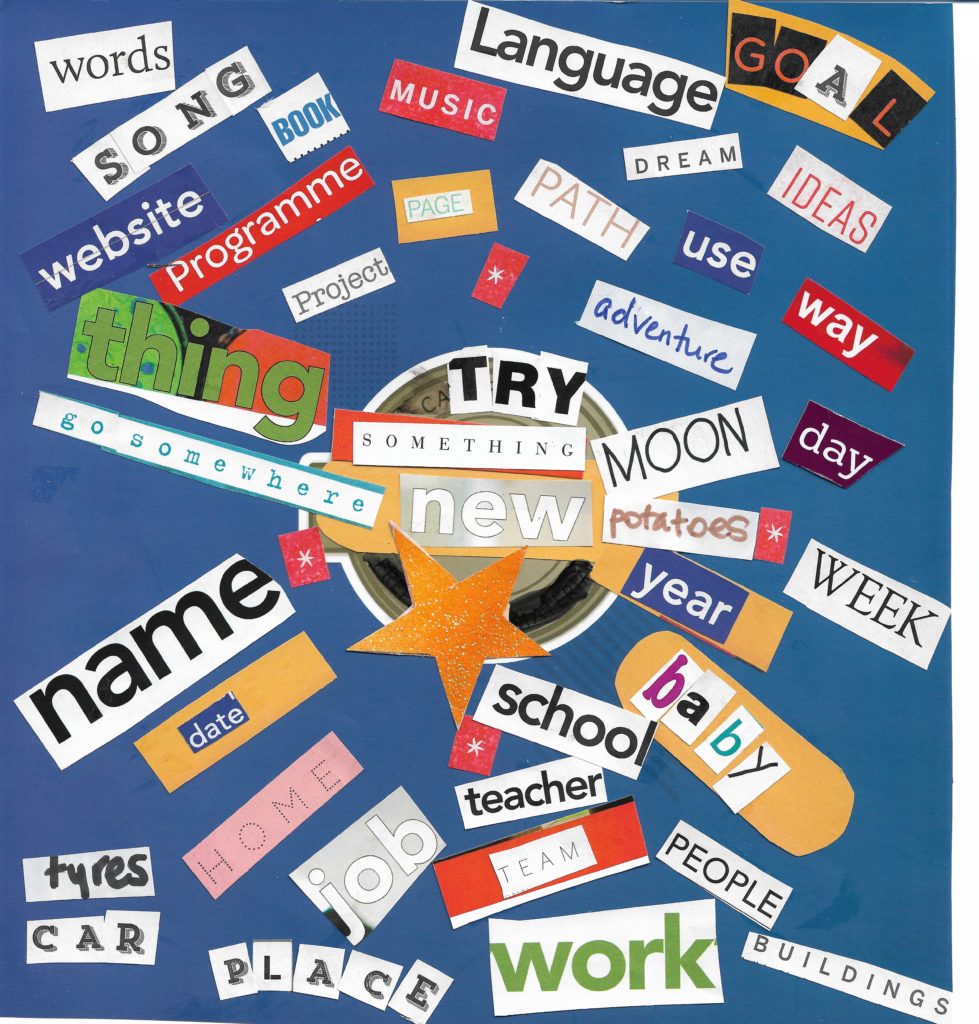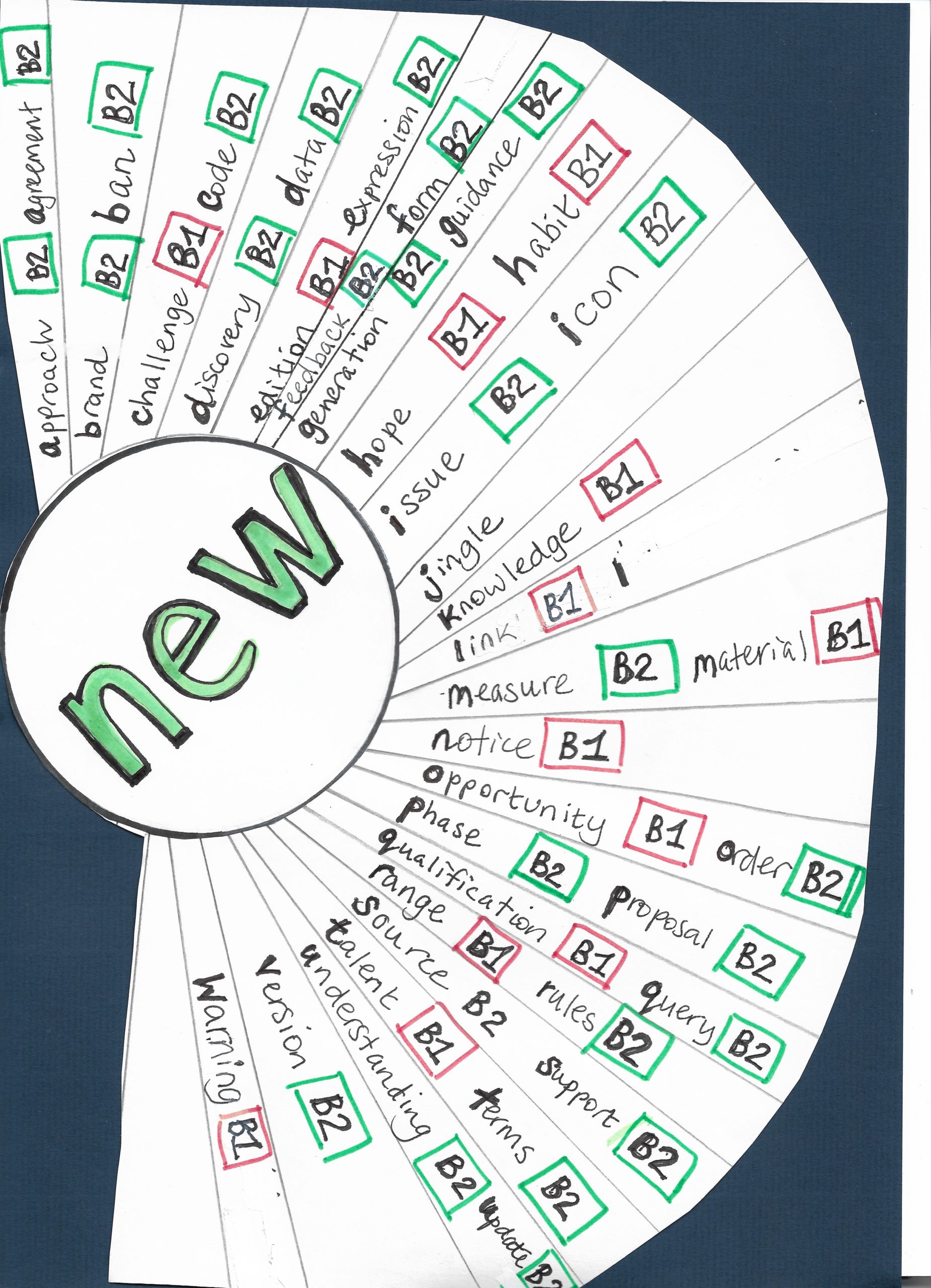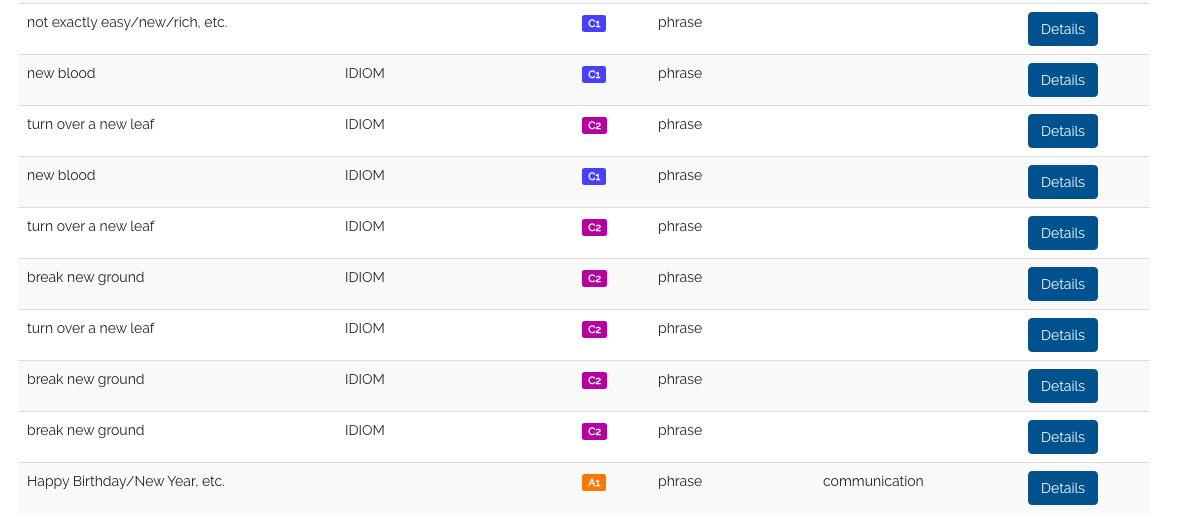‘New’ resources!
Today, I thought I’d write about the word ‘new’ – an extremely common three letter word, which learners will encounter again and again as they move up the levels.
Using the wordlists for Pre A1 Starters, A1 Movers and A2 Flyers, I created a poster to show some of the common collocations of ‘new’.
Note: If you would like to see another poster with many of the adjectives on the Cambridge young learners’ wordlist, take a look at this post.
Meanings of new
If we look at ‘new’ on the English Profile Vocabulary Profile, we can see that even at A1 level, several meanings of ‘new’ appear:
So, a new website or a new programme will have been created recently. If you change schools, you go to a new (different) school. As you study English, you will learn new words (words you didn’t know before).
New encounters with ‘new’
As students move up the levels, they will encounter ‘new’ over and over again. They might not notice it as ‘new’ will not be ‘new’ to them, but it will probably collocate with some very useful words for our learners – words that they can use in essays and when giving opinions.
Collocations with ‘new’ at B1 and B2 levels
I’ve created a fan with words that collocate with ‘new’ and are listed at B1 and B2 level. You could give students this fan.
Get them to think which meaning of ‘new’ is being used. A new jingle is different and perhaps has been created recently.
Then,ask them to look at the fan and choose and use collocations from it in discussions and essay writing.
‘New’ idioms at C1 and C2 level
And at higher levels, ‘new’ will appear again – as part of idioms and set phrases.
With this kind of language, even though the individual words are simple, they need to appear in the correct order.
If we change the word order to ‘turn a new leaf over’, then it loses its idiomatic sense and literally means taking hold of a leaf and turning it upside down. Idioms need to be learned as a unit.
I hope you enjoyed this exploration of ‘new’ and that, like me, you learned a few new things about the word!





